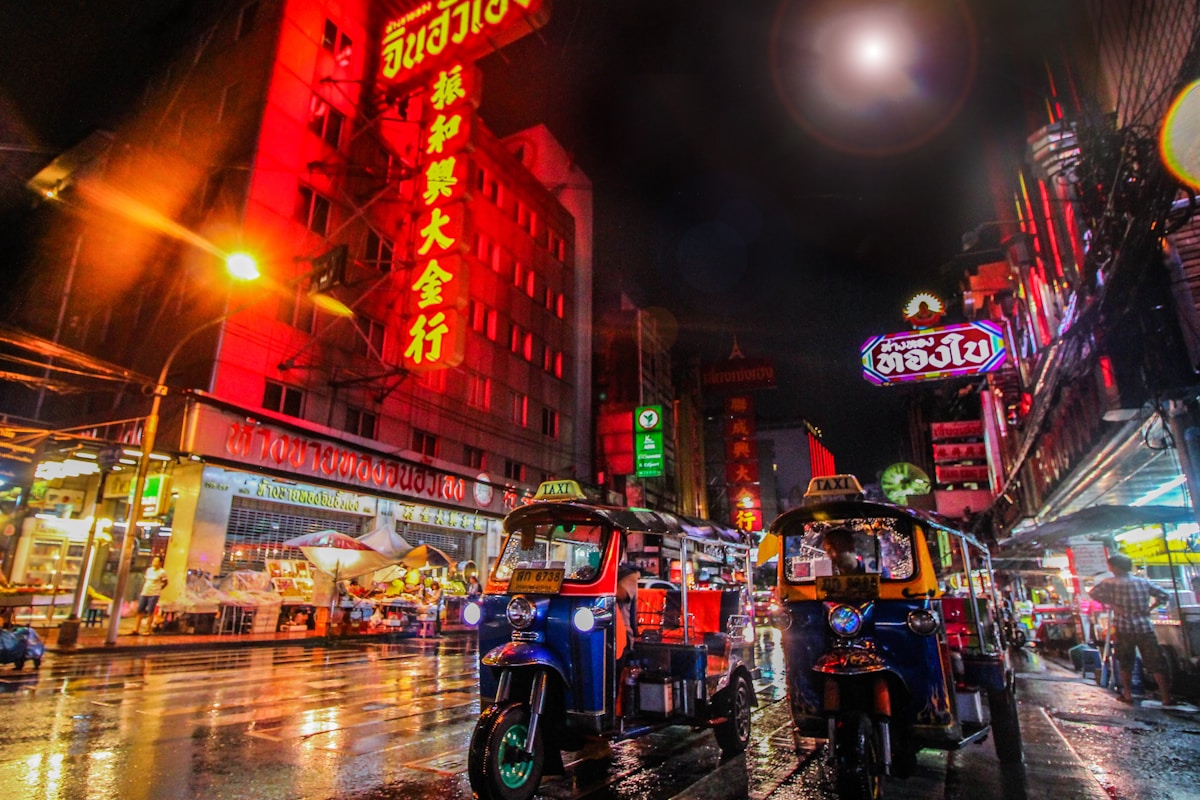If you’re like me, when you think of tug-o-war it takes you back to your youth. To the golden age of summer camps and coming-of-age stories. Where a rag-tag bunch comes together to prove to not only themselves but everyone around them that anyone can be a winner in life. It’s a heartwarming tale that will melt even the coldest of hearts and teach some much-needed life lessons.
The annual festival of Naha, Okinawa, Japan takes this to a whole other level and is in the Guinness World Records Book. Japan is well known for its large and world-renowned festivals, like the Hakata Gion Yamakasa festival and the 10,000 Eisa Parade.
How did the Naha Okinawa Festival started
An annual festival believed to be traced as far back as the 17th century during the Ryukyu Kingdom period, it had been It is a staple of the Naha’s long-standing traditions. This continues to be a bucket-list-worthy item for any traveler and adventure seeker’s list. Other similar festivals are held in other regions such as Itoman and Yonabaru but this appears to be the largest of them, as it’s located in the city of Naha. It has been an annual event since Naha’s 50th-year celebration.
I was stationed in Okinawa while serving on one of the military bases. I decided to make my way to Naha City once I heard about this festival. As this was a perfect opportunity to explore a side of the Okinawan culture I had never experienced.
Arriving at the festival
This is a 3-day event but the main attraction is on Saturday. You’ll be with hundreds if not at least a few thousand people along the city streets. From Japanese locals, the American military, and numerous tourists as it is an international event. Be sure to get there early. This will allow you to have plenty of time to enjoy food from the local street vendors. You would not believe the amazing food you can find in Okinawa. Maybe check out the local art exhibits. But make sure to get a good spot to participate.
It was so crowded I had no idea where the rope started and where it ended. I mean, this tug-o-war goes on for blocks throughout one of the main streets of the city. I was able to reach somewhere around the middle and found myself face-to-face with the biggest rope I had ever seen. The main rope was close to my height at 5’11 and I could barely see on the other side of it. Coming from it were smaller ropes that would we use to grab and pull for the honor of our side.
The rope is made from rice straw. It can weigh up to 40-43 tons. East vs. West, there isn’t any real intense rivalry. We were all there to enjoy this festival and participate in its annual tradition.

Shall we begin!
The tug-o-war started to officially begin with a ceremony symbolizing the battle between East and West. Those who had been selected were dressed in traditional Okinawan garb of the Japanese Islands. Bright colors of green and blue and orange with headbands and armed with staffs and swords. They were carried on wood platforms hoisted into the air by others on each side of the rope to the middle of the rope.
This ceremony is supposed to help bring Okinawa much prosperity such as a good harvest or fisherman’s catch as well as to help those prosper who are participating in the event. It also helps I was beginning to feel super energized and ready to put all I had into pulling the rope.
Once the ceremony had been completed, the horn was blown and we all picked up the smaller ropes ready to pull. Now it is hard to coordinate so many people to pull the rope in unison so it was a free for all. Some were pulling in unison, others were pulling at their own pace, but we were all having a great time. With such a large rope and its weight, I couldn’t tell if my side was winning or not. It didn’t look like the rope was evening moving at all. You will only be able to tell when the tug-o-war is over when you hear the second horn announcing the winner.


What happens after the Naha City Festival
What caught me by surprise since this was my first time participating was what happened after.
I saw everyone starting to take out knives, axes, and hacksaw. You might even be lucky to see the occasional machete. It is customary for the participants to take part in the rope as a trophy and souvenir to show their participation. I didn’t know but managed to borrow another person’s small axe and chop myself off a decent size piece of rope. If you’re hoping to have your souvenir from this adventure I suggest you keep a pocket knife or other sharp implement in your backpack.
The tug-o-war is a quick 30 min so after it is over you have the rest of the day for whatever you’d like to do. The festival does include food and even some alcohol stalls (you would be surprised but you can find a pretty good beer menu in Japan), other live performances of music and art, and even martial art demonstrations. You can stay and explore what else Naha City has to offer. I found myself just walking the streets exploring all the little markets and stores before it was time for me to head back to base.




